News
Dr Keathley’s Talk on Nanoscale Petahertz Electronics now available
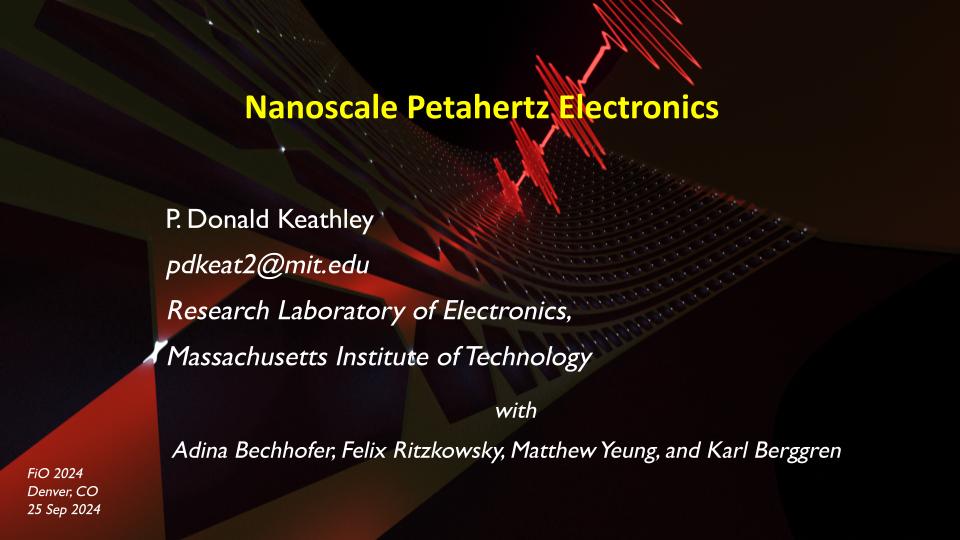
Dr. Donnie Keathley’s talk on Nanoscale Patahertz Electronics is now available on Optica’s website here. The talk took place during the Frontiers in Optics 2024 conference.
Abstract
This talk overviews developments in nanoscale petahertz electronics, including our work in the area using metallic nanoantennas. It will focus on how we are leveraging insights and tools from the electronics community in device development.
QNN Winter 2025 Newsletter
We are excited to share with you our Winter 2025 group newsletter.
First of all, we are happy to share that Karl has been appointed as Faculty Head of EE at MIT! Please join us in congratulating him on his new role.
We are also excited to welcome Ben Mazur as a new PhD student in the group, and Gian Luca Dolso as a new postdoctoral fellow. Ben and Gian will be working on petahertz electronics and related experiments. In addition to Ben and Gian, there are also a number of new UROP students joining the team this term.
During the IAP period much of the group attended the annual MARC and QuARC conferences, and we were excited to learn that Francesca Incalza received the Best Poster award at QuARC.
As usual, we provide a more complete list of comings and goings, awards, publications, and presentations from the group below, in addition to a more recent group photo from our annual retreat at MIT Endicott house in October.
Best regards,
Karl and Donnie
Comings and Goings
The last few months we’ve welcomed the following new group members:
- Ben Mazur, RA from EECS
- Gian Luca Dolso, Postdoc
- Pavan Yeddanapudi, UROP
- Andi Qu, UROP
- Eric Zhan, UROP
- James Shi, UROP
The following members have now left and become alumni group members:
- Simon Opsahl, UROP
- Jocelyn Zhang, UROP
- Ellie Bultena, UROP
- Hanson Nguyen, MSRP
Awards
Francesca Incalaza received the “Best Poster Award” at QuARC!
Publications (9/31/24 – 02/01/25)
C. Heide, P. D. Keathley, and M. F. Kling, “Petahertz electronics,” Nat Rev Phys, vol. 6, no. 11, pp. 648–662, Nov. 2024, doi: 10.1038/s42254-024-00764-7
P.D. Keathley and F. Ritzkowsky, “Comment on ‘Synthesis and Direct Sampling of Single-Cycle Light Transients by Electron Tunneling in a Nanodevice,’” ACS Photonics, Jan. 2025, doi: 10.1021/acsphotonics.4c01800.
F. Ritzkowsky et al., “On-chip petahertz electronics for single-shot phase detection,” Nat Commun, vol. 15, no. 1, pp. 1–8, Nov. 2024, doi: 10.1038/s41467-024-53788-z.
Conferences & Proceedings (5/1/24 – 09/30/24)
K. Berggren, “Superconducting Microstrip-Based Electronics: Revisiting the Cryotron,” University of Naples, Oct. 30, 2024.
K. Berggren, “Superconducting Single-Photon Detectors (Mostly Nanowires),” presented at the Future Prospects of Intensity Interferometry, Waterloo, Canada, Oct. 31, 2024.
K. Berggren, “Superconducting Detectors and Electronics for Quantum Sensing and Applications in Space,” Goddard Lab, Washington D.C., Dec. 11, 2024.
Preprints (5/1/24 – 09/30/24)
A. Simon et al., “Ab initio modeling of single-photon detection in superconducting nanowires,” Jan. 23, 2025, arXiv: arXiv:2501.13791. doi: 10.48550/arXiv.2501.13791.
J. W. Simonaitis, J. A. Alongi, B. Slayton, W. P. Putnam, K. K. Berggren, and P. D. Keathley, “Electron Energy Loss Spectroscopy of 2D Materials in a Scanning Electron Microscope,” Oct. 11, 2024, arXiv: arXiv:2410.09291. doi: 10.48550/arXiv.2410.09291.
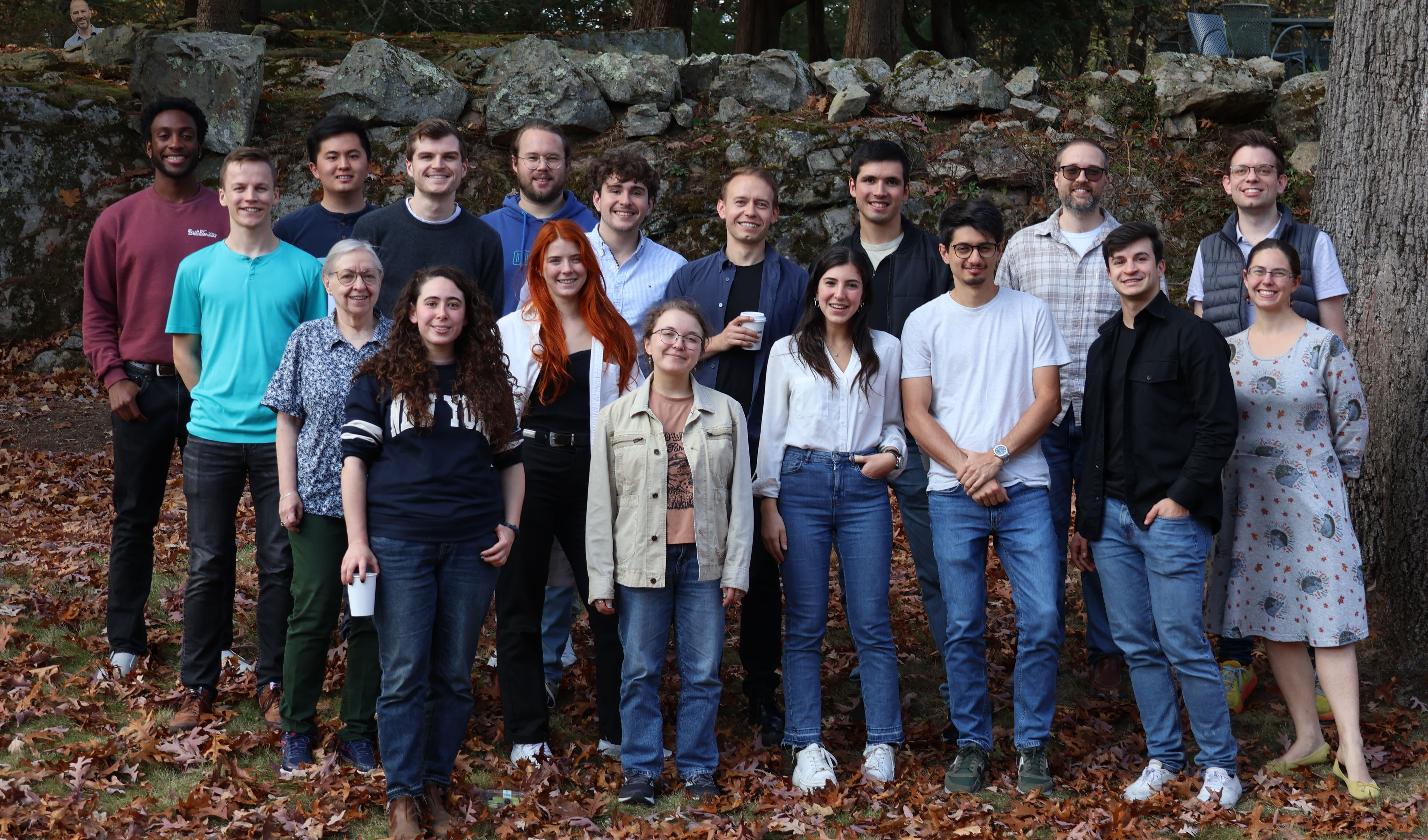
Karl Berggren named faculty head of electrical engineering in EECS
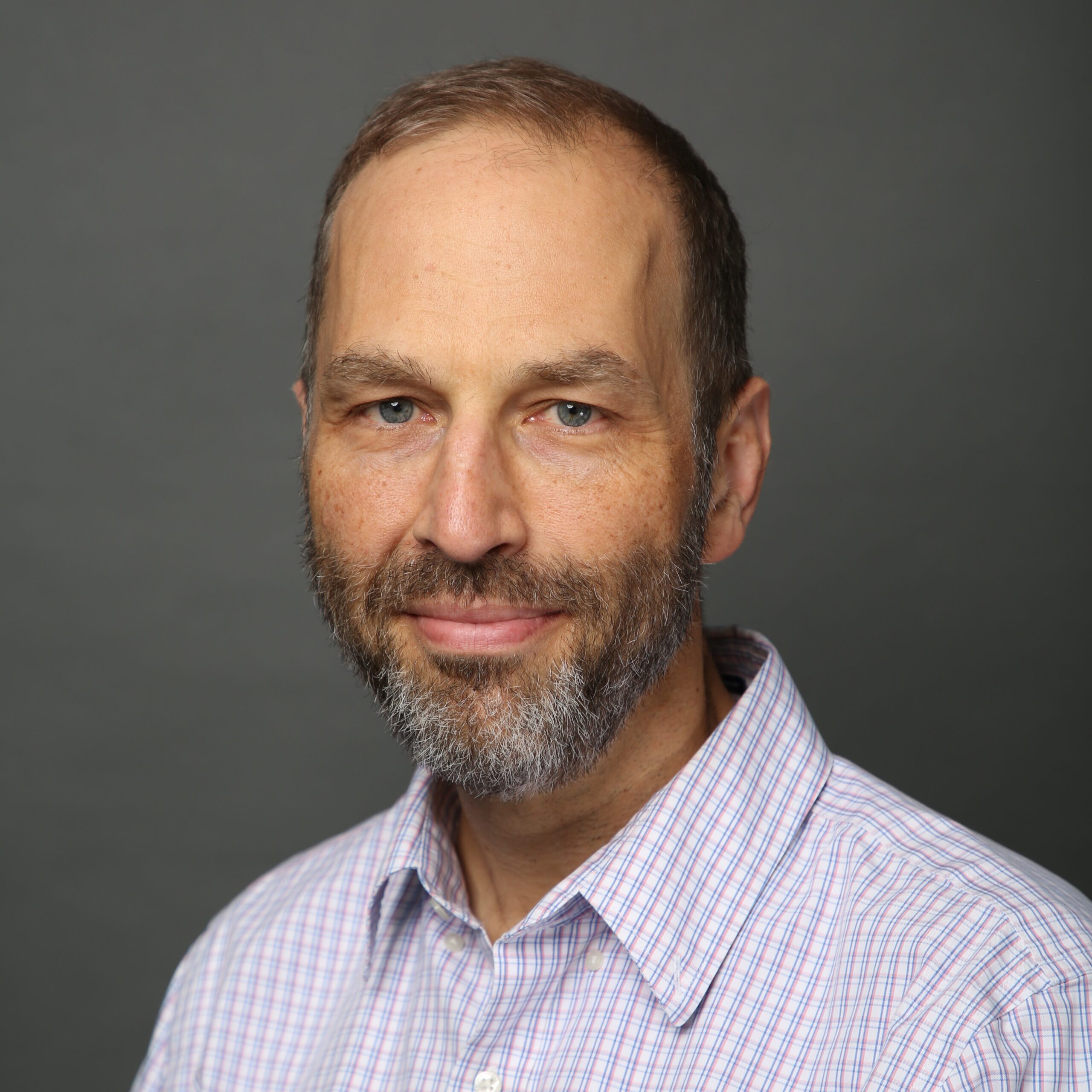
Karl K. Berggren, the Joseph F. and Nancy P. Keithley Professor of Electrical Engineering at MIT, has been named the new faculty head of electrical engineering in the Department of Electrical Engineering and Computer Science (EECS), effective Jan. 15. He succeeds Joel Voldman, who held the position since 2020.
For additional details, please see the MIT News article.
New Publication: On-chip petahertz electronics for single-shot phase detection
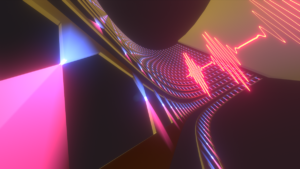 An international team of researchers including members of the Quantum-Nanostructures and Nanofabrication group at MIT, Deutsches-Elektronen-Synchrotron (DESY, Germany), Max-Planck for the Structure and Dynamics of Matter (Germany) and WiredSense published a manuscript titled “On-chip petahertz electronics for single-shot phase detection” in Nature Communications. They report on the large scale integration of petahertz electroncs, based on plasmonic nanoantenna arrays, in order to make a sensitive phase detector with broad applications in ultrafast optics and attosecond science. Their results were made possible by a combination of state-of-the-art e-beam lithography at MIT.Nano, cutting-edge laser technology provided by DESY and sensitive electronics developed by the Max-Planck startup WiredSense.
An international team of researchers including members of the Quantum-Nanostructures and Nanofabrication group at MIT, Deutsches-Elektronen-Synchrotron (DESY, Germany), Max-Planck for the Structure and Dynamics of Matter (Germany) and WiredSense published a manuscript titled “On-chip petahertz electronics for single-shot phase detection” in Nature Communications. They report on the large scale integration of petahertz electroncs, based on plasmonic nanoantenna arrays, in order to make a sensitive phase detector with broad applications in ultrafast optics and attosecond science. Their results were made possible by a combination of state-of-the-art e-beam lithography at MIT.Nano, cutting-edge laser technology provided by DESY and sensitive electronics developed by the Max-Planck startup WiredSense.
The lead authors in this effort where Matthew Yeung (MIT) and Felix Ritzkowsky (DESY & MIT) with support from Engjell Bebeti, Thomas Gebert, Toru Matsuyama, Matthias Budden, Roland Mainz, Huseyin Cankaya, Karl K. Berggren, Giulio Rossi, Franz Kaertner and Phillip D. Keathley.
Image credit to Dr. Florian Otte.
Abstract
Attosecond science has demonstrated that electrons can be controlled on the sub-cycle time scale of an optical waveform, paving the way towards optical frequency electronics. However, these experiments historically relied on high-energy laser pulses and detection not suitable for microelectronic integration. For practical optical frequency electronics, a system suitable for integration and capable of generating detectable signals with low pulse energies is needed. While current from plasmonic nanoantenna emitters can be driven at optical frequencies, low charge yields have been a significant limitation. In this work we demonstrate that large-scale electrically connected plasmonic nanoantenna networks, when driven in concert, enable charge yields sufficient for single-shot carrier-envelope phase detection at repetition rates exceeding tens of kilohertz. We not only show that limitations in single-shot CEP detection techniques can be overcome, but also demonstrate a flexible approach to optical frequency electronics in general, enabling future applications such as high sensitivity petahertz-bandwidth electric field sampling or logic-circuits.
Fall 2024 QNN Newsletter
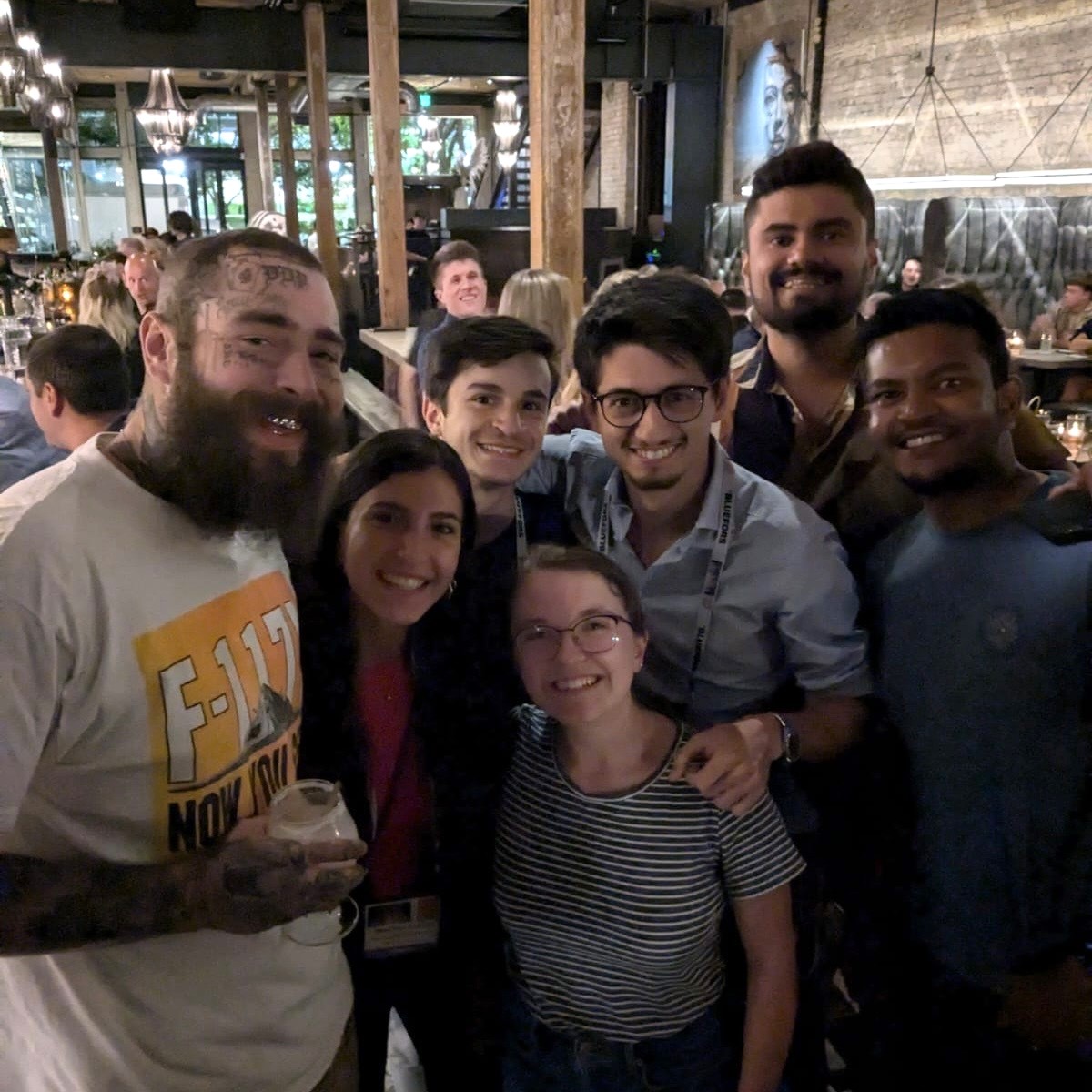
Group photo from ACS 2024 from San Diego with musician Post Malone. From left to right: Francesca Incalza, Alejandro Simon, Emma Batson, and Matteo Castellani (rightmost two are not group members)
Dear QNN Group Members, Alums and Affiliates,
The summer and early fall has been rather busy in the group. We have hosted two MSRP summer students, welcomed three new UROPs, and are excited to welcome former UROP Joey Alongi to the team as a graduate student RA. We also said goodbye to Valentin Karam and Audrey Jacquillat who spent time as visiting students in the group over the last year. We wish them the very best as they move on to bigger and better things!
Karl is enjoying the start of a busy sabbatical which involves saying “yes” to more travel opportunities and taking the time away from undergraduate teaching to focus on grant writing and research.
Please see below a more complete list of the comings and goings, theses, papers, and conference presentations from the group since the last newsletter.
Best regards,
Karl and Donnie
Comings and Goings
The last few months we’ve welcomed the following new group members:
Hanson Nguyen – MSRP summer student continuing on for the fall
Joey Alongi – a new RA, previously with us as a UROP
Jocelyn Zhang – UROP
Allen Chen – UROP
Ellie Bultena – UROP
The following members have now left and become alumni group members:
Valentin Karam – joining a microwave transducers startup in Switzerland
Audrey Jacquillat – starting as a microfabrication engineer in Switzerland
Gerald Harris – Summer MSRP student
Marco Andrade – UROP
Theses!
M. D. Yeung, “Lightwave Electronics Based on Nanoantenna Networks,” Doctoral Thesis, Massachusetts Institute of Technology, 2024.
– It is now on DSPACE here
A. Jacquillat, “Superconducting nanowire electronics in Magnesium Diboride,” M.S. Thesis, Ecole Polytechnique Federale de Lausanne and Massachusetts Institute of Technology, 2024.
Publications (5/1/24 – 09/30/24)
I. Charaev et al., “Single-photon detection using large-scale high-temperature MgB2 sensors at 20 K,” Nat Commun, vol. 15, no. 1, p. 3973, May 2024, doi: 10.1038/s41467-024-47353-x.
M. Seidling et al., “Resonating Electrostatically Guided Electrons,” Phys. Rev. Lett., vol. 132, no. 25, p. 255001, Jun. 2024, doi: 10.1103/PhysRevLett.132.255001.
E. Batson et al., “Effects of Helium Ion Exposure on the Single-Photon Sensitivity of MgB₂ and NbN Detectors,” IEEE Transactions on Applied Superconductivity, pp. 1–6, Jul. 2024, doi: 10.1109/TASC.2024.3425158.
C. Kim et al., “Wafer-Scale MgB2 Superconducting Devices,” ACS Nano, Sep. 2024, doi: 10.1021/acsnano.4c11001.
M. Castellani et al., “Nanocryotron ripple counter integrated with a superconducting nanowire single-photon detector for megapixel arrays,” Phys. Rev. Appl., vol. 22, no. 2, p. 024020, Aug. 2024, doi: 10.1103/PhysRevApplied.22.024020.
M. Yeung, L.-T. Chou, M. Turchetti, F. Ritzkowsky, K. K. Berggren, and P. D. Keathley, “Lightwave-electronic harmonic frequency mixing,” Science Advances, vol. 10, no. 33, p. eadq0642, Aug. 2024, doi: 10.1126/sciadv.adq0642.
Conferences & Proceedings (5/1/24 – 09/30/24)
K. K. Berggren, “Superconducting Microstrip Detectors for Photodection and Searching for Dark Matter,” Naples, Italy, Sep. 30, 2024.
Foster, Reed A., A. Simon, M. Castellani, O. Medeiros, and K. K. Berggren, “Nanocryotrons: devices for readout of superconducting detectors and beyond,” presented at the QUEST 2024, Fukuoka, Japan, Sep. 09, 2024.
P. Keathley, “Nanoscale Petahertz Electronics,” presented at the Frontiers in Optics, Sep. 26, 2024.
O. Medeiros et al., “A 16 Bit Superconducting Nanowire Memory Array,” presented at the Applied Superconductivity Conference, Salt Lake City, Utah, Sep. 03, 2024. [Online]. Available: https://youtu.be/jRClw9cYfss
F. Ritzkowsky, “Quantitative Pulse Characterization of Octave Spanning Pulses in the MIR,” presented at the Conference on Lasers and Electro-Optics (CLEO 2024), May 09, 2024.
E. E. Wollman et al., “Current state of mid-infrared superconducting nanowire single-photon detectors,” in X-Ray, Optical, and Infrared Detectors for Astronomy XI, SPIE, Aug. 2024, p. PC1310306. doi: 10.1117/12.3019299.
A. Bechhofer et al., “Compact Circuit Models for Nanoantenna-Based Petahertz Electronics,” presented at the 2024 Conference on Lasers and Electro-Optics (CLEO), Charlotte, NC: Optica, May 2024, p. JTh2A.222.
P. D. Keathley, “Classical and Quantum Interactions Between Electrons and Photons in a Scanning Electron Microscope,” presented at the Conference on Lasers and Electro-Optics (CLEO), Charlotte, NC: Optica, May 2024.
D. J. Paul et al., “Scalable and high-yield nanofabrication on thin-film YBa2Cu3O7 for nanowire-based devices,” presented at the Applied Superconductivity Conference (ASC), Salt Lake City, Utah, Sep. 2024.
A. Simon, R. Foster, O. Medeiros, and K. K. Berggren, “Superconducting nanowire cryotrons for device readout and integrated cryogenic circuits,” Sep. 2024.
Preprints (5/1/24 – 09/30/24)
S. A. Koppell, J. W. Simonaitis, M. A. R. Krielaart, W. P. Putnam, K. K. Berggren, and P. D. Keathley, “Analysis and Applications of a Heralded Electron Source,” Jun. 26, 2024, arXiv: arXiv:2406.18755. doi: 10.48550/arXiv.2406.18755.
A. Simon, R. Foster, O. Medeiros, M. Castellani, E. Batson, and K. K. Berggren, “Characterizing and modeling the influence of geometry on the performance of superconducting nanowire cryotrons,” Sep. 25, 2024, arXiv: arXiv:2409.17366. doi: 10.48550/arXiv.2409.17366.